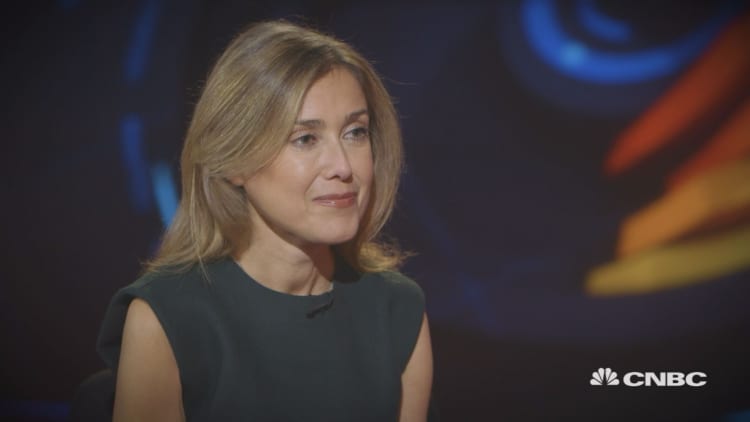
The Lego brick that children know and love started taking shape shortly after World War II, yet the brick may not have been as powerful as it is today if it wasn't for some significant changes taken around the turn of the millennium.
In 1998, the toymaker faced its first deficit in its history. In 1999, Lego decided to cut 1,000 jobs and by 2003, net sales fell by 26 percent, play material sales slipped 29 percent and as a result, pre-tax loss on earnings came in at 1.4 billion Danish crowns ($211.7 million).
The company was facing its "most serious financial crisis to date", with the industry dealing with intense price competition, new consumer tastes and tough market conditions.
For many, diversification away from the original brick was seen as one of the main reasons why Lego was facing such tough times.
Then 2004 came and with that a new CEO and a new restructuring plan. The idea was to once again make Lego "become a financially well-founded, value creating business," one that switched its focus back to the toymaker's traditional values and products.
Twelve years on and the toymaker once again appears unbreakable, with total revenue coming in at an impressive 35.8 billion Danish crowns for 2015.
So from a marketing perspective, what was the most fundamental driver in the turnaround? According to the Lego Group's chief marketing officer, returning "back to the core" and back to the brick's origin was what made the toy brand strong again.
"Returning (back) to the belief about the power of the brick and focusing our energy on making the brick 'the essential'. Building off of (this brick) idea that's so enduring and continually renovating it, continually bringing new ways of introducing kids to it," Julia Goldin, chief marketing officer at Lego, told CNBC's "Marketing Media Money".
"That enduring idea is still very much within the company, which is why we are able to go beyond the brick, but always come back to the brick — that always is the core."
Beyond the brick
In recent years, going "beyond the brick" has become more prevalent. In 2014, Warner Bros. and Lego wowed the box office with The Lego Movie, which grossed more than $469 million worldwide and became the U.S.' fifth best grossing film of the year.
Building on that success, the toymaker has since produced more films and TV series, with The Lego Batman Movie and The Lego Ninjago Movie both penciled in for a 2017 release.
While the brick remains the sole focus of the company's mission, the toymaker has diversified elsewhere, including gaming, clothing, and theme parks.
Yet, while many saw Lego's shift away from the brick as partly to blame for its downfall in the early 2000s, Goldin doesn't believe history is repeating itself.
"I think it's a very different story from where we were in those times. We were diversifying away from the brick into different, different types of products. We're actually staying very close to the core."
"What is very different in the mindset today is that of course this starts with a core product but we know that it's not just the product alone that the kids expect. Kids are living in the very multidimensional world and they are so used to having multitudes of different touch points around themes that they love."
"They want to be able to see something online. They want to be able to engage with an app, they want to play a game, they want to be able to see another kid unboxing the product and building something with it."
"So we look at it as a 360 holistic experience and that's where we get the ideas to develop the multitude of the different touch points. But everything connects and that's very different from the diversification that was happening in the past."
Marketing Media Money's interview with Lego's CMO will air on 10 November at 22:00 GMT



